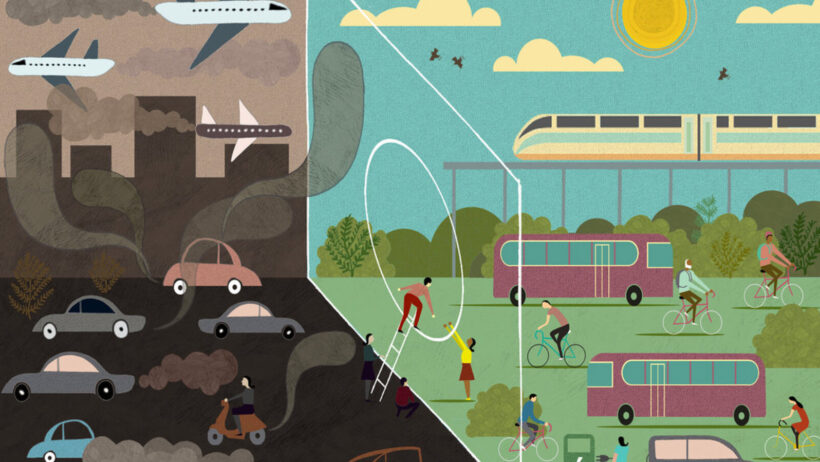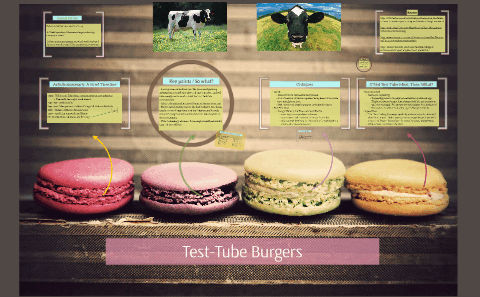In an era marked by unprecedented climate change and environmental crises, a heightened awareness of individual actions has emerged. Understanding one’s carbon footprint is pivotal in addressing the underlying issues that contribute to global warming. The carbon footprint encompasses the total greenhouse gas emissions, primarily carbon dioxide, produced directly and indirectly by an individual or entity. This subtle yet potent measurement serves as a reflection of lifestyle choices, consumption patterns, and energy usage, linking individual behaviors to the broader phenomenon of climate change.
The concept of a carbon footprint can be elucidated through examining daily activities and choices. For instance, the decision to drive a gasoline-powered vehicle instead of utilizing public transportation is a direct contributor to carbon emissions. This everyday action illustrates how seemingly mundane choices culminate in significant environmental ramifications. The combustion of fossil fuels in vehicles releases copious amounts of carbon dioxide, a greenhouse gas that traps heat in the atmosphere, thus exacerbating the greenhouse effect and leading to global warming.
Moreover, dietary habits play a crucial role in an individual’s carbon footprint. The production of food, particularly animal-based products, is resource-intensive. Livestock farming not only results in considerable methane emissions—a greenhouse gas far more potent than carbon dioxide—but also demands substantial land and water resources. The hidden connection lies in the awareness of our food sources; opting for locally sourced and plant-based diets can mitigate one’s carbon footprint and contribute positively to the environmental narrative.
Consumerism further compounds the issue. The modern paradigm of consumption often hinges on convenience and instant gratification, leading to hasty purchasing decisions that take little account of environmental impact. The lifecycle of products—from raw material extraction to manufacturing and eventual disposal—encapsulates numerous opportunities for carbon emissions to intensify. Fast fashion exemplifies this phenomenon, with rapid production cycles and short-lived products fueling a cycle of waste and pollution. Being a discerning consumer, therefore, becomes an act of resistance against the totalizing effects of consumer culture.
Another pivotal aspect is the energy consumption in households. The reliance on fossil fuels for heating, cooling, and electricity contributes substantially to an individual’s carbon footprint. Transitioning to renewable energy sources, such as solar or wind power, can drastically reduce emissions. This paradigm shift requires not only individual action but also collective advocacy for systemic change in energy policies and infrastructure. Community initiatives that promote awareness and incentivize cleaner energy adoption are critical in this transition.
Transportation methods are not limited to personal vehicles but extend to air travel, which significantly affects an individual’s carbon footprint. Airplanes emit large quantities of carbon dioxide and other greenhouse gases at high altitudes, further magnifying their impact. Recognizing this, informed travelers may opt for train travel or consider the necessity of particular trips, especially in a globalized world where distance often governs our choices. Such contemplation underscores the interconnectedness of our decisions and their far-reaching effects on the environment.
Another layer to consider is the interplay between urban living and carbon footprints. Urban centers, often bustling with activity, provide both advantages and challenges regarding emissions. While public transport systems may mitigate individual footprints, urban lifestyles frequently foster higher energy consumption. This dichotomy necessitates innovative urban planning that prioritizes sustainability and eco-friendly infrastructure to align modern living with reduced emissions.
Education and awareness serve as formidable tools in the battle against climate change. Infusing knowledge about carbon footprints into school curricula and community programs fosters a culture of environmental stewardship among younger generations. This educational foundation cultivates a more conscientious populace that is equipped to confront the realities of climate change responsibly.
Additionally, social equity plays a significant role in environmental discussions. Marginalized communities often bear the brunt of pollution and climate-related disasters, despite contributing relatively lesser emissions. Addressing these disparities is vital not only for environmental justice but also for collective progress towards sustainability. Ensuring that all communities have equal access to resources and opportunities to reduce their carbon footprints is essential in cultivating a just response to climate change.
As global initiatives and accords aim to curtail carbon emissions, individual actions converge with larger movements. The Paris Agreement and other international treaties signify a collective acknowledgment of the urgency of the climate crisis. Individuals can leverage these frameworks by participating in advocacy for policy changes that prioritize sustainability and accountability. By voicing concerns and demanding action, individuals contribute to a larger chorus calling for transformative change.
Moreover, businesses are increasingly recognizing their environmental responsibilities. Corporate carbon footprints, encompassing emissions from operations, supply chains, and product usage, draw attention to the need for sustainable practices. By adopting transparency in reporting and committing to carbon neutrality, companies set a precedent for others while fostering consumer trust. This corporate responsibility fosters a ripple effect, encouraging individuals to engage with and support businesses that prioritize sustainability.
In conclusion, understanding and addressing one’s carbon footprint illuminates the interconnected nature of individual actions, societal structures, and global environmental challenges. By recognizing the multifaceted dimensions of carbon emissions—from personal choices to collective advocacy—individuals can forge a path towards a more sustainable future. This exploration is not merely an academic endeavor; it is a vital step in reversing the effects of a warming world and fostering a more harmonious relationship with our planet.






